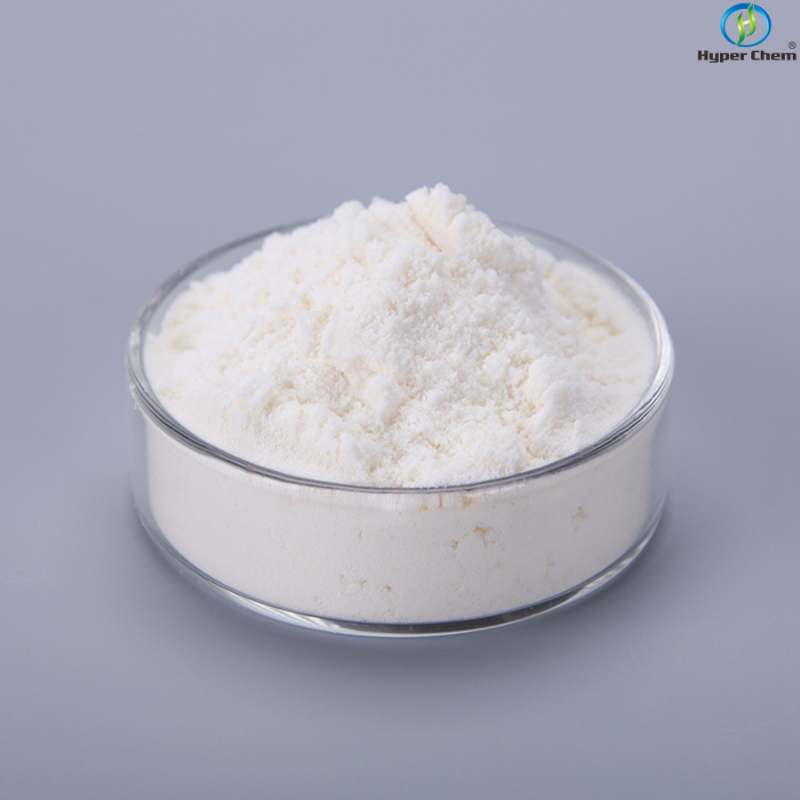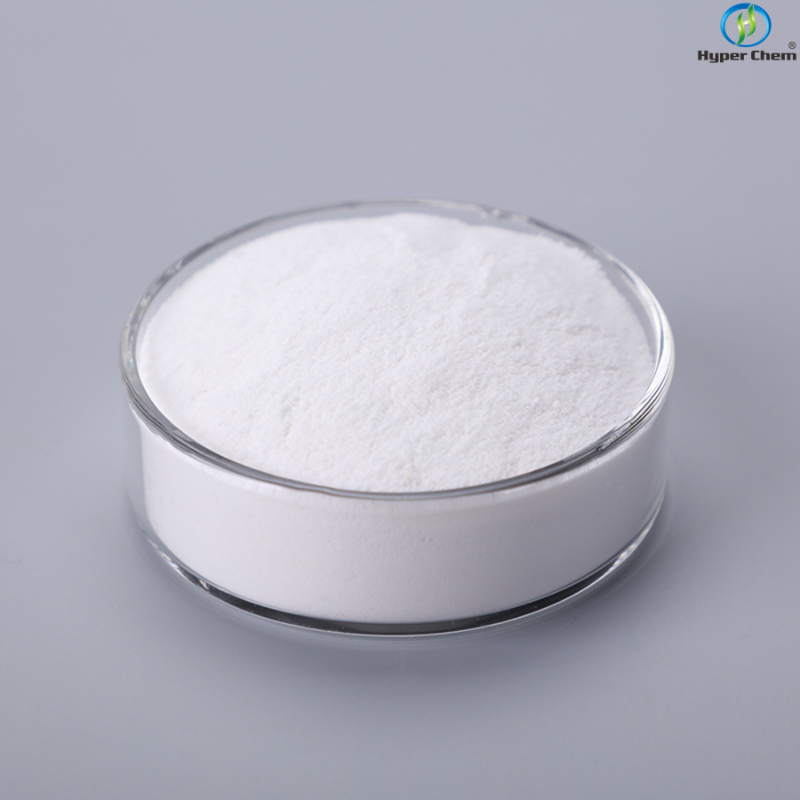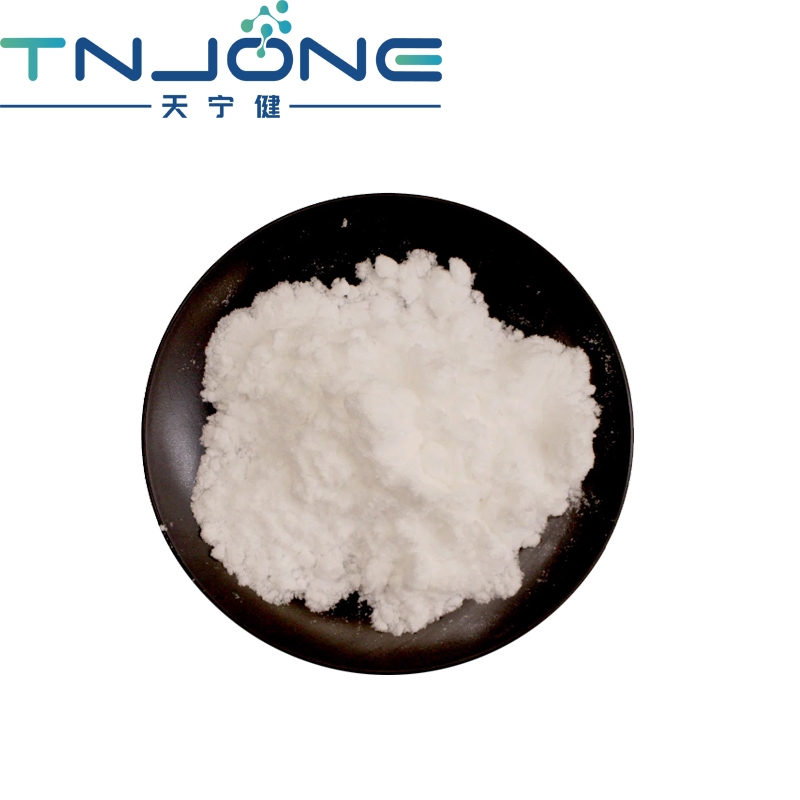-
Categories
-
Pharmaceutical Intermediates
-
Active Pharmaceutical Ingredients
-
Food Additives
- Industrial Coatings
- Agrochemicals
- Dyes and Pigments
- Surfactant
- Flavors and Fragrances
- Chemical Reagents
- Catalyst and Auxiliary
- Natural Products
- Inorganic Chemistry
-
Organic Chemistry
-
Biochemical Engineering
- Analytical Chemistry
-
Cosmetic Ingredient
- Water Treatment Chemical
-
Pharmaceutical Intermediates
Promotion
ECHEMI Mall
Wholesale
Weekly Price
Exhibition
News
-
Trade Service
Recent treatment advances in multiple myeloma (MM) have nearly doubled patient survival
.
As the long-term outcomes of patients with myeloma continue to improve, clinical trials need to extend follow-up to demonstrate the clinical benefit of the investigational drug/regimen
.
Recently, a large-scale meta-analysis was published in Blood period (PFS)
.
We used data from four phase 3 studies (POLLUX, CASTOR, ALCYONE, and MAIA) to evaluate relapsed/refractory multiple myeloma (RRMM) and newly diagnosed multiple myeloma not transplantable (TIE) ( NDMM) patients with minimal residual disease
.
Each study has demonstrated that daratumumab-based therapy increases minimal residual disease negativity and reduces the risk of disease progression or death by approximately 50% compared to standard therapy
.
Compared with standard therapy, daratumumab-based therapy improved minimal residual disease negativity and reduced the risk of disease progression or death by approximately 50%
Group PFS stratified by response and MRD status
Group PFS stratified by response and MRD statusThe median follow-up time for POLLUX, CASTOR, ALCYONE, and MAIA studies was 54.
8, 50.
Patients who achieved ≥CR and negative minimal residual disease had significantly longer progression-free survival compared with patients who did not achieve complete remission or positive minimal residual disease.
PFS stratified by response and MRD status in daratumumab and control groups
PFS stratified by response and MRD status in daratumumab and control groupsCox proportional hazards models confirmed that minimal residual disease-negative complete or better responses were associated with longer progression-free survival
.
Daratumumab-based therapy was associated with more patients achieving minimal residual disease-negative complete or better responses
.
In conclusion, the findings support the use of minimal residual disease negativity as a predictor of survival in patients with relapsed/refractory multiple myeloma and nontransplantable de novo multiple myeloma
Negative minimal residual disease as a predictor of survival in patients with relapsed /refractory multiple myeloma and non-transplantable de novo multiple myeloma Predictors of survival outcomes in transplanted patients with de novo multiple myeloma
Original source:
Original source:Michele Cavo, Jesus San-Miguel, Saad Z.
Prognostic value of minimal residual disease negativity in myeloma: combined analysis of POLLUX, CASTOR, ALCYONE, and MAIALeave a comment here







